Saudi Arabia, UAE sign 20 deals and announce 44 joint projects

In a historic initiative to boost bilateral strategic ties, Saudi Arabia and the United Arab Emirates announced a joint vision for economic, developmental and military integration through 44 strategic projects. The two countries signed 20 memoranda of understanding for more than 60 joint projects to be implemented over the next five years in sectors including oil and gas, banking, nuclear energy and defense. The projects were approved at the meeting of the Saudi-Emirati Coordination Council (SECC) held in Jeddah Wednesday night. The meeting was co-chaired by Crown Prince Muhammad Bin Salman, deputy premier and minister of defense, and Abu Dhabi Crown Prince Mohamed Bin Zayed.
At the end of the meeting, both leaders signed the minutes of the council’s maiden meeting. The council members included 16 ministers from priority sectors in the two countries. In order to ensure the best utilization of the partnership, an executive committee has been formed, under the chairmanship of Sheikh Mansour Bin Zayed and Mohammed Al-Tuwaijri, to accelerate cooperation and follow up the progress of work.
During the meeting, the Organizational Structure of SECC was declared with the objective of accelerating joint cooperation on the implementation of targeted projects and programs. The council’s vision aims to promote the two countries’ global stature in areas of economy, human development, and political, security and military integration as well as ensuring welfare and happiness for their peoples. The council seeks to coordinate action between the two sides on achieving joint initiatives conducive to providing job opportunities, boosting GDP and accelerating bilateral investments. “We have a historic opportunity to create an exceptional Arab model of cooperation. Our solidarity and unity protect our interests, strengthen our economies and build a better future for our peoples,” The visiting crown prince said at the end of the council’s meeting. “We are the two largest Arab economies, forming the two most modern armed forces. The economies of Saudi Arabia and the UAE represent a gross domestic product of one trillion dollars, our joint exports rank fourth globally and amount to $750 billion, plus AED150 billion annually invested in infrastructure projects, which generates huge opportunities for bilateral cooperation,” he added.
Established under an agreement between the two countries in May 2016 upon the directives of Custodian of the Two Holy Mosques King Salman and UAE President Sheikh Khalifa Bin Zayed, the council stands as a role model for cooperation between world countries and in the meantime consolidates joint action between GCC states. The council seeks to develop a joint vision to deepen bilateral relations in line with the objectives set by the GCC in order to strengthen economic integration between the two sides and develop innovative solutions for the optimum utilization of resources while building up an efficient and integrated education system aimed at grooming qualified generations.
The council also seeks to strengthen cooperation in areas of politics, security and defense in a way that consolidates the two countries’ security and sovereign position at the regional and international levels in addition to making the best use of available partnership opportunities between the two countries through a clear-cut and sustainable mechanism based on an integrated approach of benchmarking and performance assessment.
Strategy of Resolve
gets the go-ahead
The council adopted a joint strategy, dubbed as ‘Strategy of Resolve’ and a joint work mechanism for the next five years between the two countries. The strategy focuses on three main axes such as economic, human and knowledge, and security and military, as well as 60 joint projects aimed at strengthening cooperation between the two countries and supporting the GCC system. On the sidelines of the council meeting, 20 memoranda of understanding were signed between the two countries to implement the projects under the strategy on the three major axes.
The strategy was brainstormed by 350 officials from the two countries representing 139 governmental, sovereign and military bodies over the past 12 months. The leaders of the two countries have determined 60 months to implement the strategy’s projects aimed to build an exceptional integrated model between the two countries that supports the march of joint GCC cooperation and contributes to protecting the gains and interests in addition to creating new opportunities for the people of the two countries.
The economic axis outlines a number of joint projects, such as launching the policy of empowering the banking sector in both countries; exchange of experiences in the fields of modern financial technology, insurance, infrastructure management, road safety and maintenance; establishment of a joint investment fund for small and medium enterprises; activating value-added manufacturing industries; building a precise and standardized industrial database as well as standardization of coding systems for industrial goods and services; and joint cooperation in the field of taxation.
The economic axis also includes developing strategic medical stock plan; establishing joint plant for the manufacturing of sensitive medical drugs; adopting unified strategy for food security; facilitating the flow of traffic and trade in the ports and across borders; establishing joint venture company for agricultural investment; establishing research center to develop and localize desalination technologies; establishment of the Saudi-Emirati Investment Fund for Renewable Energy; implementation of the Gulf electrical interconnection system; launching innovative housing solutions program and residential welfare program for the citizens; and international joint investments in the oil, gas and petrochemical sector.
The human and knowledge axis includes developing early childhood policy; developing knowledge exchange platforms; launching digital education system; establishing the Saudi-Emirati Committee for Technical Education Policy and establishing a virtual college to provide appropriate technical disciplines.
The security and military axis includes a number of initiatives such as the joint manufacturing of ammunition, light weapons, vehicles, and electronic shooting systems, as well as cooperation and coordination in foreign military assistance, cooperation in the maintenance of military systems, and standardization of the military industry. The strategy calls for setting up a joint fund for nuclear energy and a bilateral council to coordinate well over $1.3 trillion in foreign investments.
The joints projects also include investments in the petrochemical sector, unified food security projects and creating a $1.4 billion agricultural investment firm. The two countries’ economies are worth $1 trillion, the largest in the Middle East, and their exports make them one of the top ten exports in the world, with a value of more than $700 billion. The volume of non-oil trade between the two countries is worth $24 billion, while imports totaled nearly $550 billion. The two countries have a combined gross domestic product of $1.06 trillion or 73 percent of the six nation GCC’s combined GDP.
/ Source: saudigazette
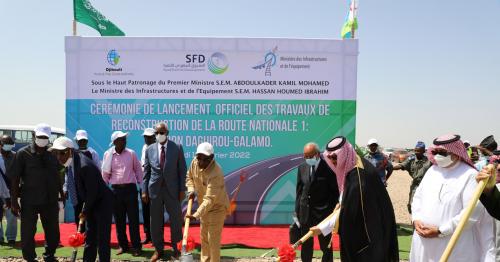
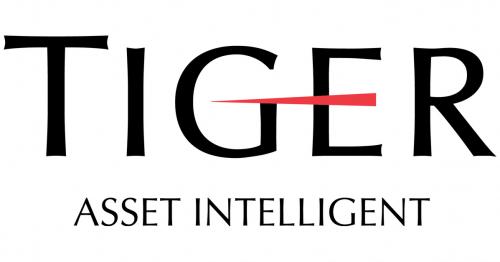
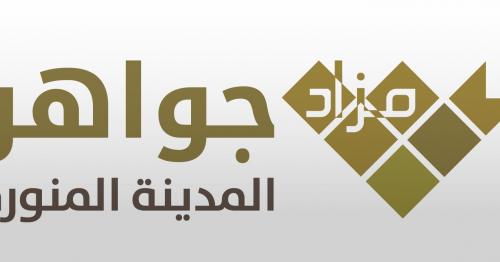
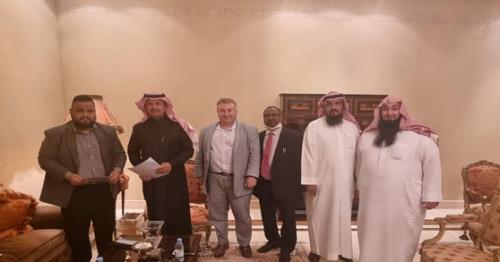
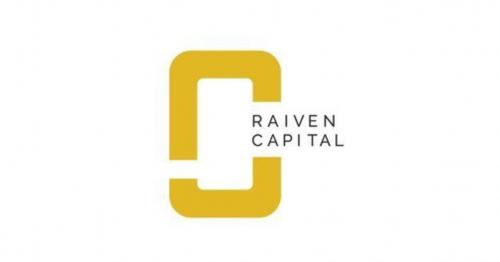
Comments